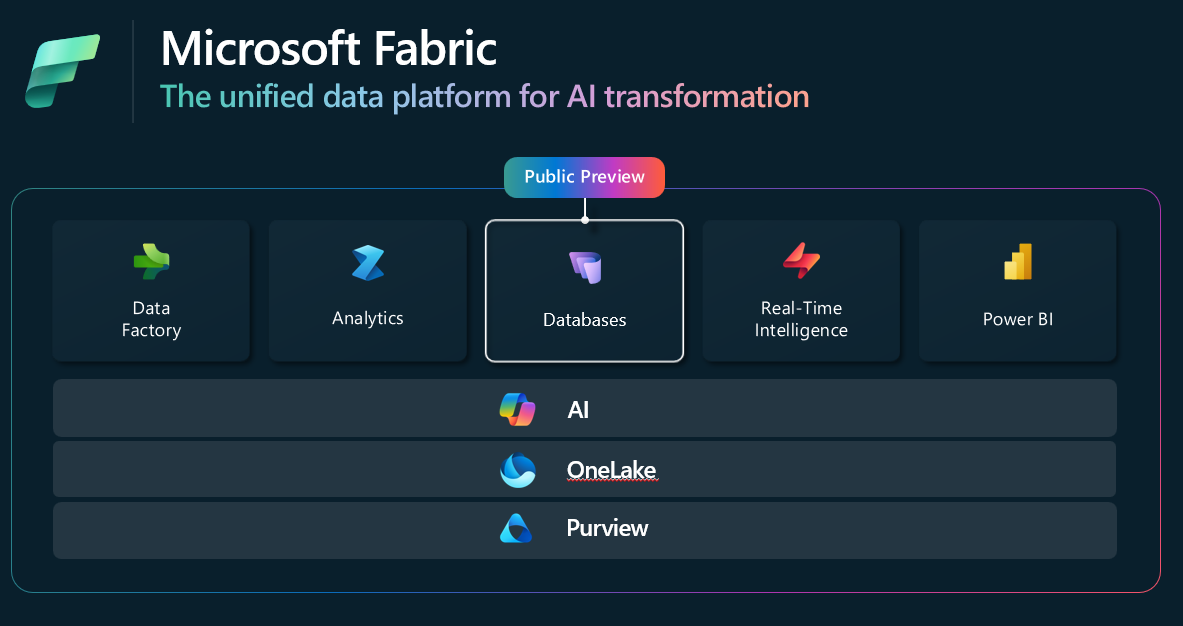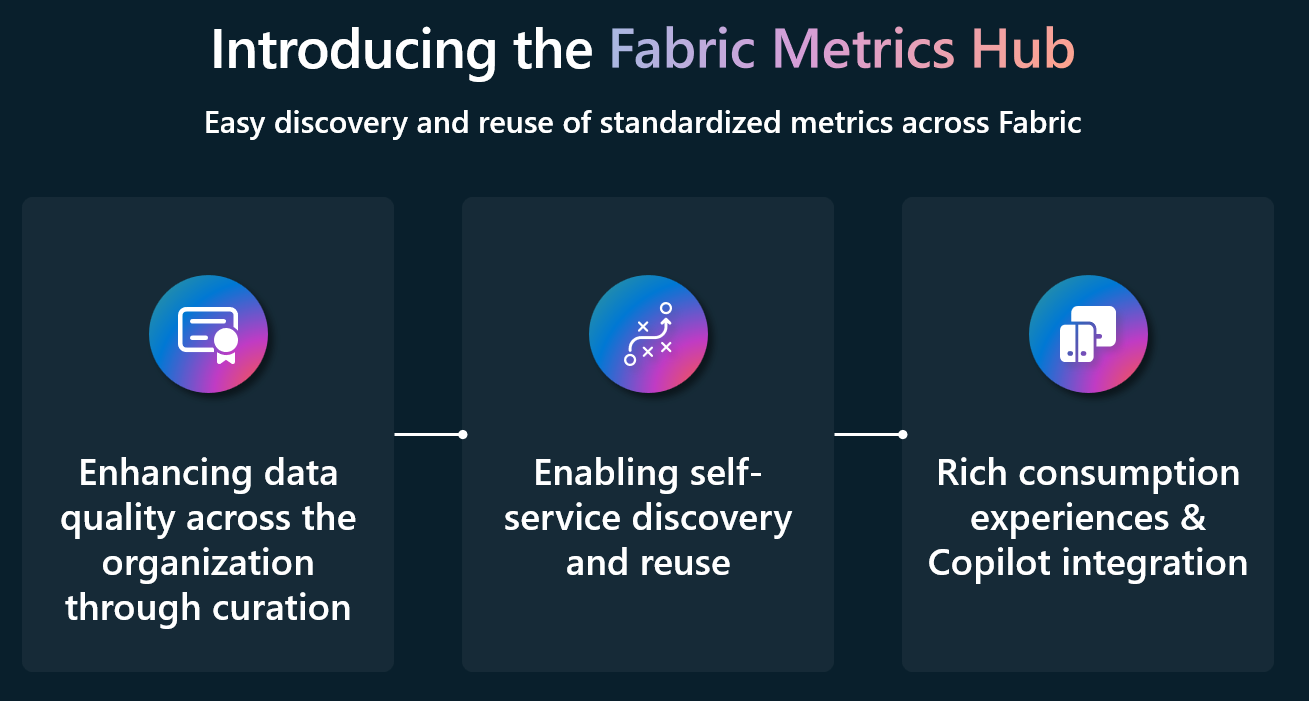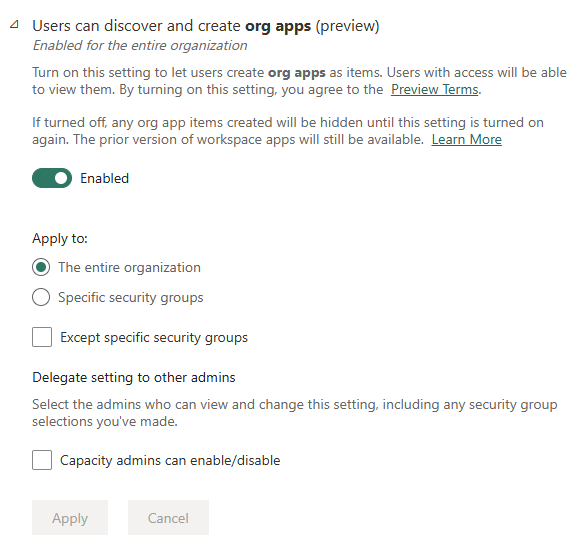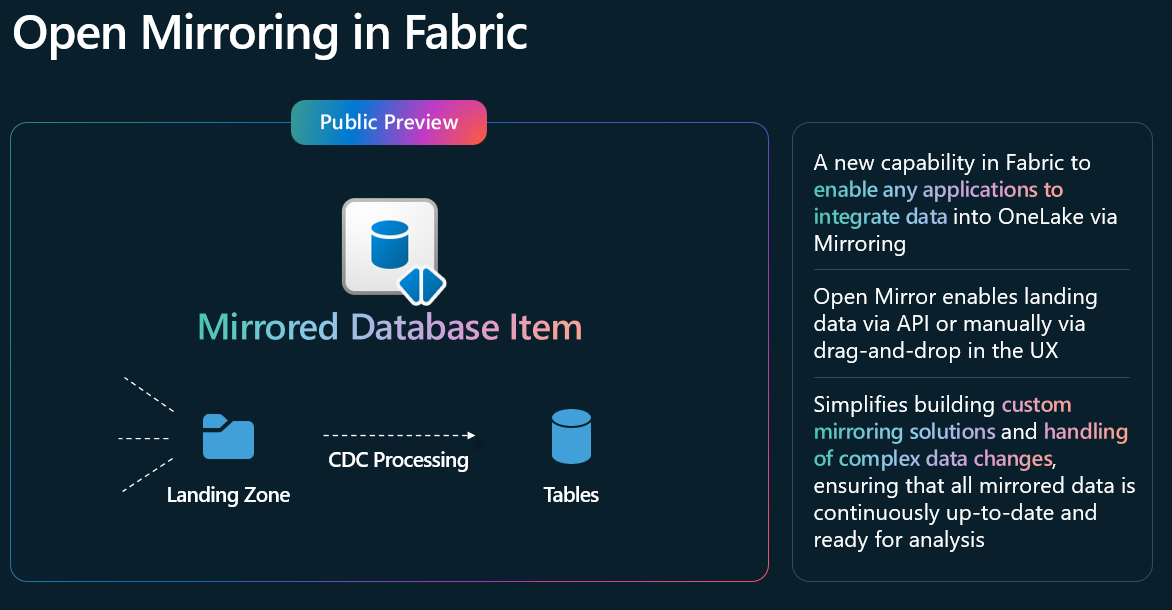I just got back from an incredible trip to DataGrillen, and I can’t wait to share my experiences with you. If you haven’t heard of it, DataGrillen is this amazing community-driven conference in Germany, where data professionals from around the world gather to share knowledge, ideas, and, of course, some good BBQ and beers. This year was special for me because I had the honor of speaking again at the event.
A special thanks goes out to Ben (@bweissman) & William (@sql_williamd) for organizing the event! But let's start from the beginning.
The Journey Begins
The anticipation was building as I packed up the car, later picked up Eduard Koekkoek (@heartforarts) and set off on our road trip to Germany. Eduard, a great friend and fellow data enthusiast, was the perfect companion for the journey. We spent some time on the road discussing everything from the latest in data technologies to our expectations for the conference. The drive was quite long, but the conversation made it fly by.
Stepping onto the Stage
The highlight of my trip was undoubtedly my speaking session. I had the first session at the first day, just after the opening "ceremony". The preparation that goes into a talk is always intense, but the passion I have for the subject kept me going. The topic was close to my heart, Administration and Governance in Fabric, and I was thrilled to see a room of fellow data enthusiasts ready to dive into the discussion.
The audience was incredibly receptive, and the interaction was great. There’s something deeply fulfilling about sharing knowledge and seeing that spark of understanding and curiosity in others. The Q&A session that followed was lively, with thoughtful questions. It’s moments like these that remind me why I really like what I do.
Reconnecting with Old Friends
One of the best parts of conferences is the chance to reconnect with friends and colleagues from the industry. DataGrillen was no exception. With the change of forgetting someone, I won't call out names here 😀
It was like a reunion of sorts, seeing familiar faces, catching up on the latest in our professional and personal lives, and talking about past conferences and projects. There’s a special bond that forms when you share experiences and challenges over the years, and DataGrillen provided the perfect backdrop for these reunions.
A smaller group of people, specifically people into running, like to get together for an early run on days of a conference. We created a very special, long-running thread on Twitter (a.k.a. X), that actually started 2 years ago at DataGrillen!
Furthermore, we exchanged ideas over beers and BBQ, debated the future of data technologies, and shared a lot of laughs. These moments are invaluable, and they remind me of the strength and warmth of the data community. It's not just about the work we do, but the friendships we forge along the way.
Making New Connections
While reconnecting with old friends was wonderful, making new ones was equally exhilarating. DataGrillen attracted a diverse crowd of professionals, each bringing unique perspectives and experiences. I met so many passionate individuals, each conversation was a learning opportunity, and a chance to see the data world through a different lens.
The DataGrillen Vibe
What sets DataGrillen apart is its atmosphere. The organizers have created an environment that fosters learning and networking in the most enjoyable way possible. The BBQ element adds a fun twist, making the conference feel more like a community gathering than a formal event. It’s the perfect balance of professional development and relaxation.
Looking Ahead
As Eduard and I drove back home, I felt a great sense of satisfaction and inspiration. DataGrillen was more than just a conference: it was a reminder of the incredible community we’re all part of. I left with new knowledge, strengthened friendships, and a bunch of new connections that I’m excited to nurture.
If you ever get the chance to attend DataGrillen, don’t hesitate. It’s an experience that goes beyond the sessions and keynotes – it’s about the people, the conversations, and the community. I’m already looking forward to next year’s event!
Session materials
My slides were already shared with the conference, but in case you haven't found them, you can find them at my GitHub.
I've also uploaded the template file I used in my demo for Admin Monitoring to the above page.
 |
| First page of my demo file |
You can also find slides of previous conferences there. I generally follow this pattern: https://github.com/NickyvVr/talks/tree/master/slides/YYYY/yyyymmdd [Conference name]
Until next time, keep learning, keep sharing, and keep grilling!






































